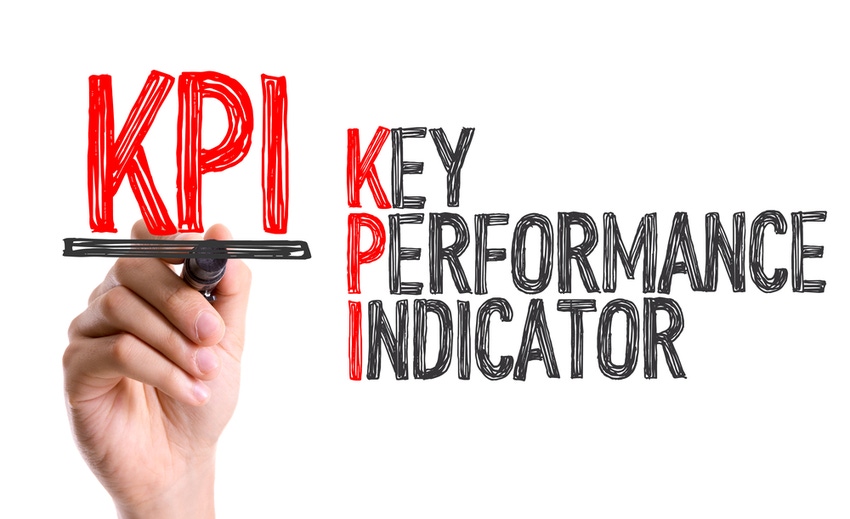Digital service providers need to decide which SaaS offerings to recommend to customers. The author has advice.
February 9, 2018


Nick Desmarais
By Nick Desmarais, Co-CEO, AppDirect
Rapid change has defined the software industry for the past two decades. The challenges facing SaaS companies today mostly stem from growing competitive pressure as a crowded market of vendors “disrupt” one another. It’s an exciting time, but there’s risk too. Digital service providers need to decide which SaaS offerings to recommend to customers. My advice? When vetting a new SaaS provider, take note of how the company is responding to these three seismic shifts.
The end of the land grab era: SaaS vendors see an opportunity to take advantage of the growing popularity and widespread adoption of cloud software. They’re moving fast and continually bring new, innovative solutions to market. For example, a quick search for “marketing apps” on the Salesforce AppExchange returns 284 results, while a search for “collaboration apps” provides 378 solutions. The huge number of business cloud apps currently available begs the important question: Are SaaS vendors that develop business software becoming victims of their own success?
I know one thing for sure: SaaS vendors can no longer expect to gain healthy market share simply by launching a new service and sending out some clever Tweets. Given the current competitive dynamics, I am officially calling the end of the cloud “land grab” era. Today, SaaS companies must seek new methods of differentiation within their market segments, whether through technology, services, support or some combination. However, when companies release new features and services, their competitors can easily copy them and follow suit.
Join AppDirect CEO Dan Saks at Channel Partners Conference & Expo where he will discuss how partners can become agile technology advisers and adapt to the wider business need for solution providers vs. product sellers. Find the keynote now! |
A better alternative is lowering customer acquisition costs. That offers a powerful way to achieve enduring differentiation by subsidizing competitive price offerings. Engaging in affiliate, referral, reseller, alliances and other types of partnerships helps vendors maintain a competitive advantage and gain market share by driving growth at lower customer acquisition costs. When evaluating a SaaS offering, ask about KPIs including customer churn, lifetime value and cost to serve.
Increasing costs of customer acquisition: The crowded market for business applications brings discovery challenges for SaaS vendors. There are hundreds of applications in dozens of different app stores. How do you find the right one? Software vendors not only need to ensure customers and partners can find their applications, but also educate them on what the apps do and what sets them apart from competitors. For this reason, the aforementioned cost of customer acquisition (CAC) is skyrocketing. Online advertising rarely succeeds at communicating the full SaaS value proposition; the landscape is just too saturated. Launching and managing full-scale thought leadership and content-marketing programs is more effective, but it requires a substantial investment of time and money.
Additionally, SaaS vendors find it difficult to raise capital in a highly competitive market, due to the slim chances of any one solution becoming a category-defining tool with large IPO potential. Software companies raising funding in this environment need strong CAC improvement as well as …
… solid ROI that justifies additional spend on sales and marketing activities. By investing in partnerships, the cost of CAC lowers, since partners are often experts in a region, vertical or other defined segment, and they carry out the heavy lifting needed for educating customers and ultimately closing the deal.
However, building a successful partnership program requires both technology and data as a foundation. Does the supplier have the tools you need to succeed?
Look, early- to mid-stage technology companies focus on developing the best products for their customers, with less attention dedicated to the automation and monitoring of indirect sales channels. This is understandable. It’s also dangerous, because a lack of investment often leads to too much manual process, and that restricts growth via channel partners. The technological foundations of a strong channel program include: easy channel partner on-boarding; rapid sales enablement at scale; simple lead exchange; granular control of product catalog and margins for different partner levels; seamless payment and provisioning; self-service subscription management for partners to add seats, upgrade or transfer seats; and centralized reporting and reconciliation and payout. If a supplier lacks one or more of these, partnering will cost both of you more than it needs to.
Data-driven partner programs: Nearly 70 percent of software vendors work with the channel in some way, with almost half offering referral programs. Forty-six percent distribute through cloud and digital service providers, and 26 percent work with managed service providers. While the channel has always been an important go-to-market strategy, SaaS companies still have room to better utilize their partners.
Partner programs are typically considered a “soft skill,” meaning they are not well measured or understood. Many SaaS companies even view partner programs as a necessary evil, with channel chiefs forced to struggle to justify value and cost. In this way, the partner function can be compared with the state of marketing prior to the widespread adoption of marketing automation tools. About a decade ago, companies had some idea that they should dedicate money toward marketing their products, but ROI was nearly impossible to measure. Today, marketing automation technology provides end-to-end visibility and metrics that enable marketing staff to be data driven, making advertising a critical component of any business.
SaaS vendors must define what success looks like for their partner programs, and find the right tools that can track and measure their partner activities. These functions include optimizing spend and lead support, customizing revenue shares and prices, and measuring the outcome of leads and the value they drive to the business. After all, who wants to be seen as cost center, or worse, a necessary evil?
Nicolas Desmarais founded AppDirect in 2009 with Daniel Saks, and serves as AppDirect’s chairman and co-CEO. Nicolas is focused on the evolution of AppDirect’s product, investor relations, and overseeing the implementation of new marketplaces for our channel partners. Before co-founding AppDirect, Nicolas worked at Bain & Company as a management consultant focused on media and business services.
Read more about:
AgentsYou May Also Like
